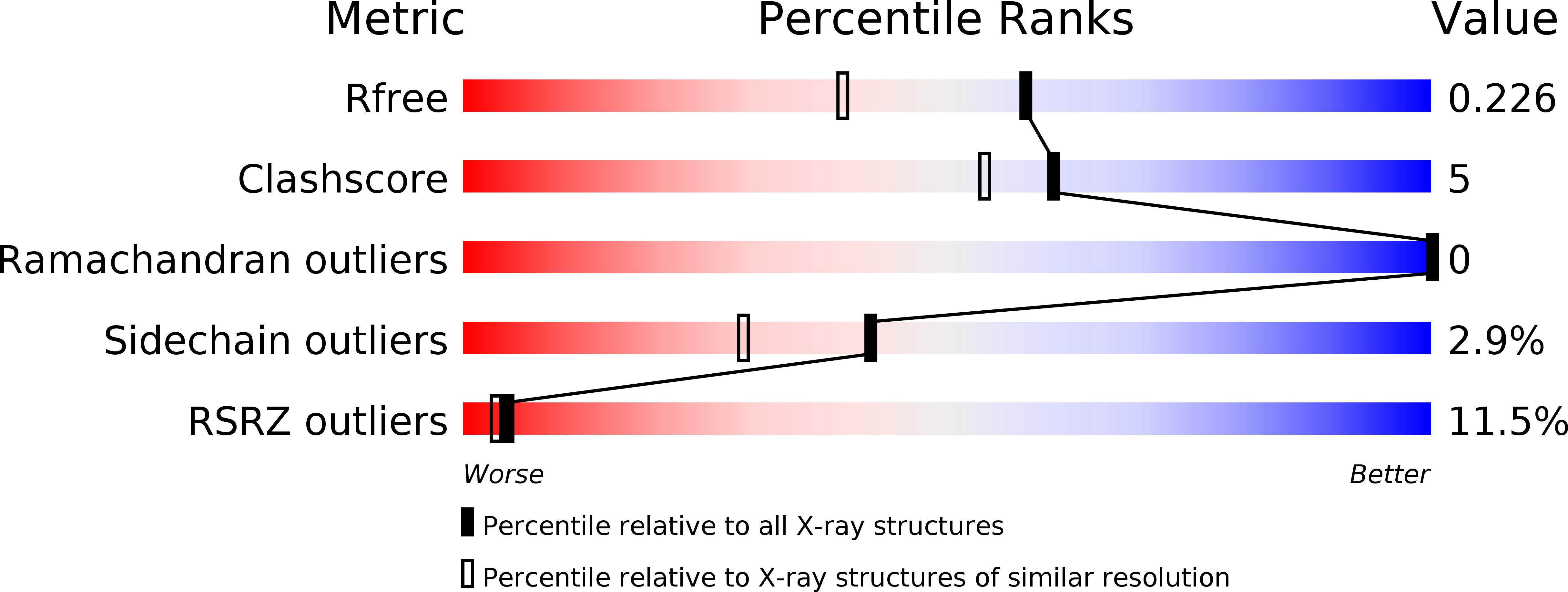
Deposition Date
2012-02-17
Release Date
2013-02-06
Last Version Date
2023-09-13
Entry Detail
PDB ID:
4DRJ
Keywords:
Title:
o-crystal structure of the PPIase domain of FKBP52, Rapamycin and the FRB fragment of mTOR
Biological Source:
Source Organism:
Homo sapiens (Taxon ID: 9606)
Host Organism:
Method Details:
Experimental Method:
Resolution:
1.80 Å
R-Value Free:
0.22
R-Value Work:
0.18
R-Value Observed:
0.19
Space Group:
P 21 21 21


